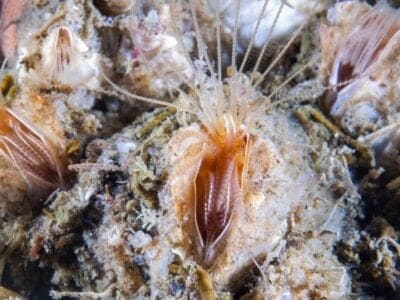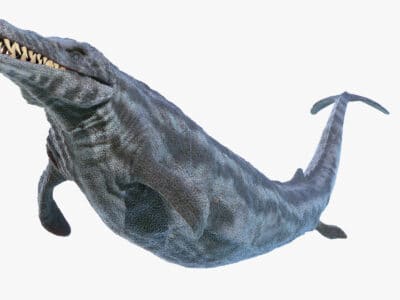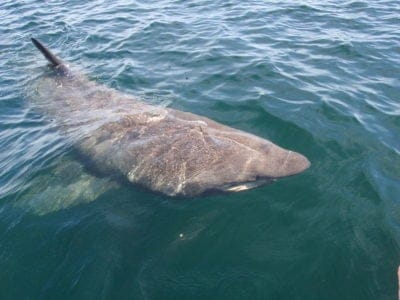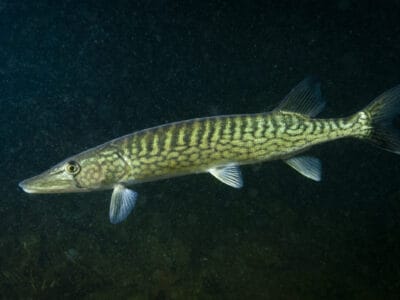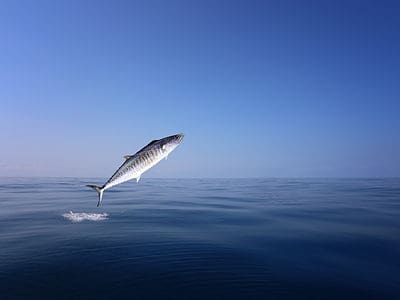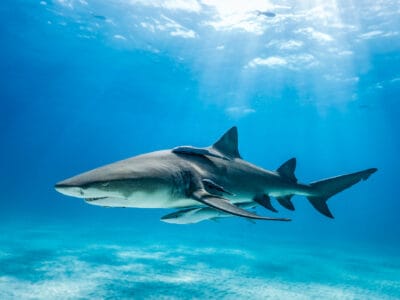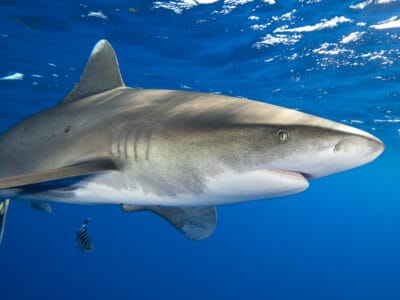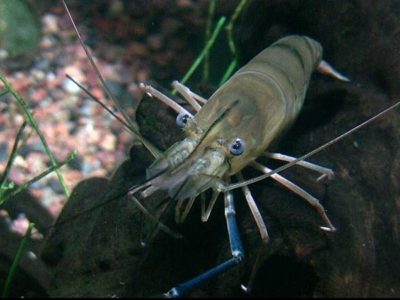Below you can find a complete list of North Atlantic Ocean animals. We currently track 196 animals in North Atlantic and are adding more every day!
The North Atlantic Ocean is part of the Atlantic Ocean north of the equator. It borders the east coasts of North, Central, and South America and the west coasts of Europe and Africa. Its waters are deep and cold and so support thousands of species of animals from zooplankton to blue whales.
The Official National Animal of the North Atlantic Ocean
The North Atlantic Ocean doesn’t actually have an official national animal, though some countries that border it have national aquatic animals. The national aquatic animals of America are the orca, or killer whale, and the great white shark, while the national aquatic animal of Canada is the harbor seal, and the national marine mammal of Mexico is the vaquita, a type of dolphin.
Where To Find The Top Wild Animals in The North Atlantic Ocean
To find the top wild animals in the North Atlantic it’s best to start at the intertidal zone. There people will find such animals as starfish, sea urchins, sea squirts, coral, and sponges. Crabs, including tiny mole crabs and fiddler crabs, are also found at the shore or on the beaches. Mussels, periwinkles, limpets, and barnacles cling to the rocks of jetties.
Going further in and down is the continental shelf, which goes down to about 656 feet. Since sunlight still penetrates to this depth, most of the life of the North Atlantic is found here. There are even more sponges, coral, and animals such as sea pens and starfish as well as clouds of tiny animals called zooplankton. Species of shrimp, prawns, and lobsters are found near the bottom of the continental shelf, as are some moray eels.
Animals found in the open ocean include sea turtles, sharks, barracudas, jacks, species of tuna, and billfish such as blue and white marlin and spearfish. There may be huge schools of Atlantic menhaden. Colony animals such as the man-of-war and pyrosoma float on the surface of the water. Seabirds such as Northern gannets might also rest on the surface.
Further down in what’s called the twilight zone is where a person might find cetaceans such as dolphins, porpoises, humpback, sperm, and killer whales. It is the home of squid, cuttlefish, and species of octopus. Animals in deeper zones where the sun doesn’t penetrate include marine hatchet fish and weird-looking animals such as anglerfish, giant isopods, and giant tube worms. The sperm whale sometimes enters these deep waters to chase the giant squid.
Other mammals besides cetaceans found in the North Atlantic include walruses, seals, and manatees. The gray seal is found in the western and eastern regions of the North Atlantic, and the hooded seal is found around Greenland. The manatee is found in the Atlantic’s Caribbean Sea and off the coast of West Africa.
The Most Dangerous Animals in the North Atlantic Ocean Today
Since there is so much life in the North Atlantic, it’s inevitable that some may be dangerous to humans. Here are five of the most dangerous animals in the North Atlantic:
- Lionfish — This admittedly beautiful fish with its bright colors and flamboyant fins is actually a native of the Indo-Pacific, but it has been introduced into the Atlantic. There are 12 species of this fish, and they are full of venomous spines. Getting pierced by one is excruciating, though death in an otherwise healthy adult is rare.
- Stingrays — These fish, which are related to sharks, are usually docile, but they’ll defend themselves if they’re stepped on. It is unfortunately easy to step on a stingray since they tend to bury themselves in the sand, sometimes close to the shore. Again, the wound is appallingly painful but rarely fatal in humans. Sometimes the stinger breaks off in the skin and needs to be surgically removed.
- Sharks — A shark may take a nibble out of a human who it mistakes for its usual prey. These sharks include tiger, mackerel, mako, dusky, swell, hammerhead, and bull sharks. However, the shark that does the most damage is the Great White, which causes most of the deaths from a shark attack in humans.
- Man-of-War — This looks like a jellyfish, but the man-of-war is a unique creature properly called a siphonophore, or a colony animal. The different animals or zooids in this creature do different things to keep it alive. One of them is stinging, which is how the animal captures and paralyzes its prey. Sometimes, a human is unlucky enough to brush up against the animal’s stinging tentacles. The stings raise whiplike welts and are excruciating, though adults probably won’t die from them. However, the venom of the man-of-war has been known to kill children.
Endangered Animals In The North Atlantic Ocean
As some of the North Atlantic’s majestic and unique animals are dangerous, others are endangered.
- Vaquita. Ironically, Mexico’s national marine mammal is critically endangered and may be in danger of going extinct.
- Sea Turtles. Sea turtles, as a whole, are endangered. The hawksbill sea turtle is critically endangered and may also be in danger of going extinct.
- North Atlantic Right Whale. This whale, extensively hunted because it was the “right” whale to kill, is also endangered. This is largely because it hasn’t recovered from being over-hunted.
- Walrus. The walrus, one of the largest of the pinnipeds, is vulnerable.
- Whale shark. The whale shark is not a whale, but it is the biggest shark in the world, and it’s endangered.
North Atlantic Ocean Animals
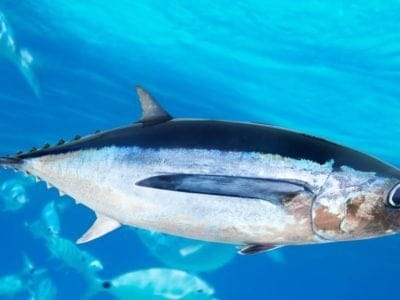
Albacore Tuna
The albacore is a very fast swimmer
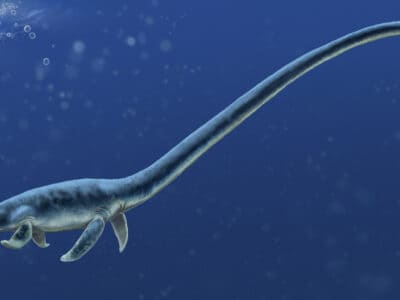
Albertonectes
The Albertonectes had the longest neck out of other Elasmosaurids.

Amberjack
Amberjack can grow up to 200 pounds
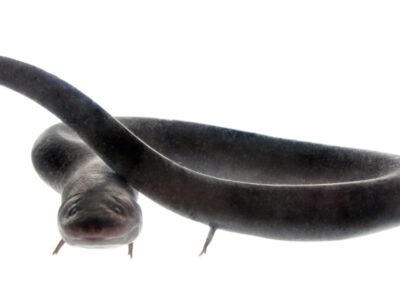
American Eel
Don't eat raw eel! Their blood is poisonous to humans when consumed raw.
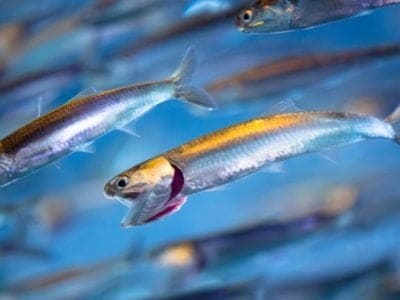
Anchovies
November 12th is celebrated as National Pizza with the Works Except Anchovies Day
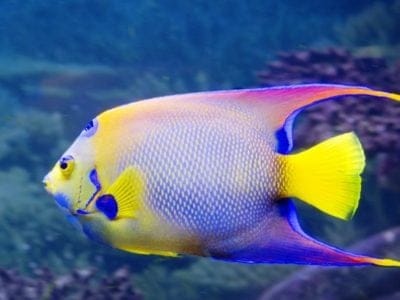
Angelfish
There are 70 different species!

Anglerfish
The anglerfish has a glowing lure on its head to attract unsuspecting prey
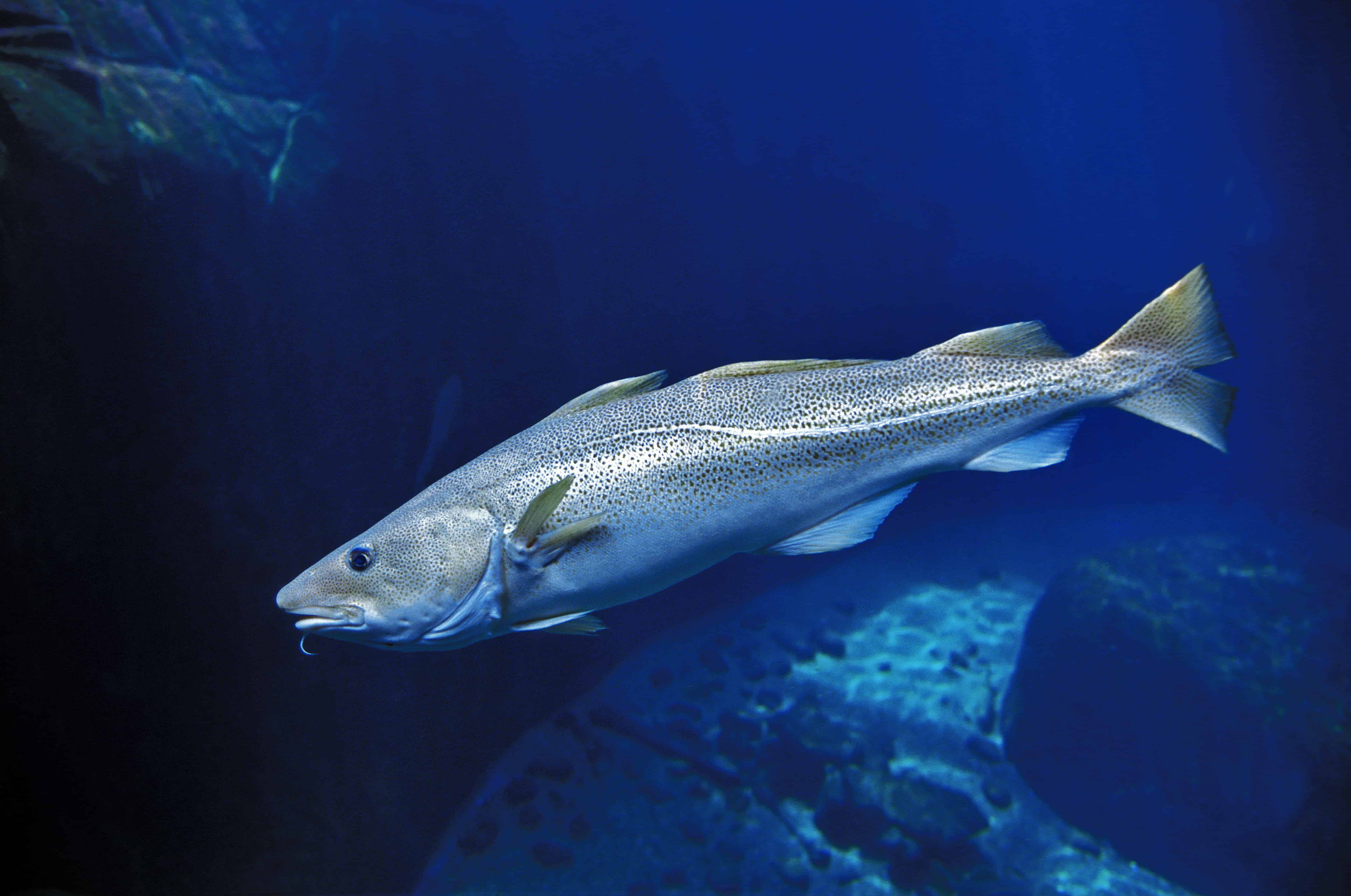
Atlantic Cod
One of the most popular food fishes in the world

Atlantic Salmon
These fish are known for their ability to leap and fight when hooked.
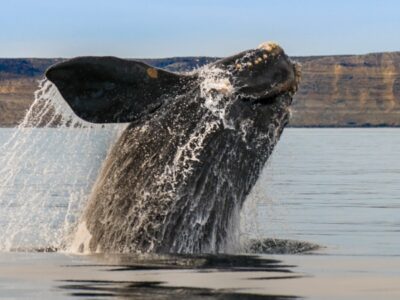
Baleen Whale
“Sings” a whale song during breeding season.

Barracuda
Can grow to nearly 2 meters long!

Barreleye Fish (Barrel Eye)
A barreleye fish's eyes can rotate in their head to look for prey.
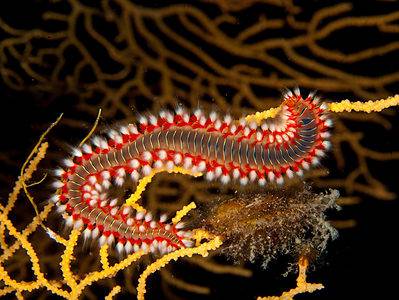
Bearded Fireworm
They emit bioluminescence during their mating ritual.

Bird
Not all birds are able to fly!
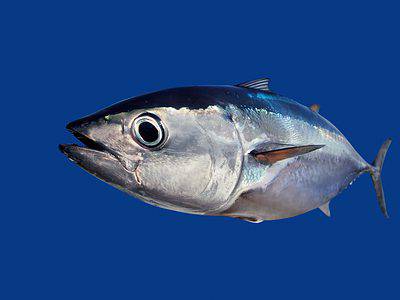
Blackfin Tuna
expensive sushi-grade tuna
Bladefin Basslet
The tiny bladefin basslet belongs to the same subfamily as the giant grouper, Epinephelinae.
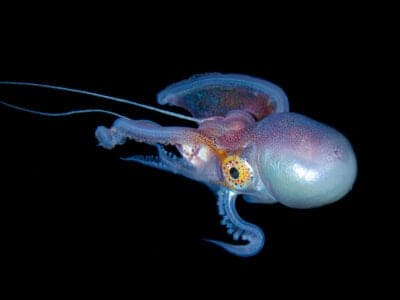
Blanket Octopus
Females can weigh up to 40,000 times more than their partners.

Blue Dragon Sea Slug
They inflict a painful, venomous sting
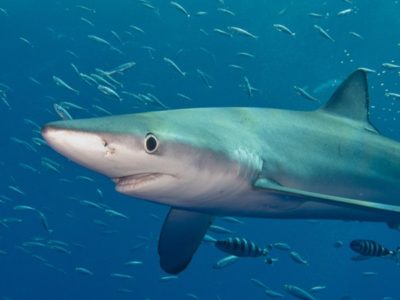
Blue Shark
Blue sharks can have up to 135 pups at a time.
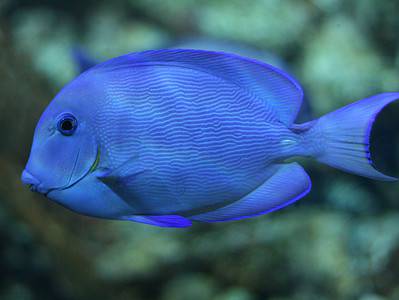
Blue Tang
One of the most colorful members of the genus Acanthurus

Blue Whale
The largest animal on Earth
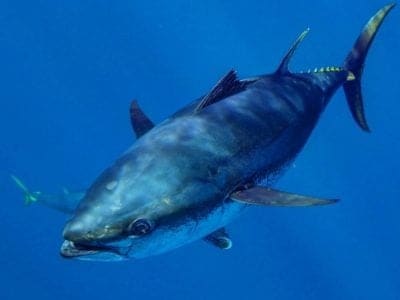
Bluefin Tuna
The bluefin is one of the largest fish in the world
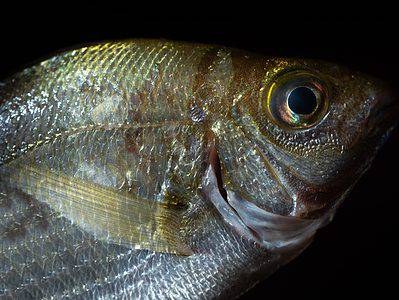
Bluefish
Bluefish are known for their "bluefish blitzes," where they chase schools of small baitfish to the surface, creating a feeding frenzy visible from the shore.
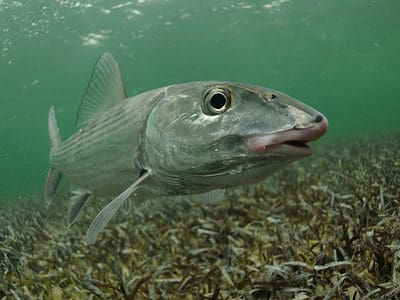
Bonefish
Bonefish have migratory habits, moving from shallow waters to deeper waters during different times of the year.

Bonito Fish
May eat squid or other small invertebrate ocean life
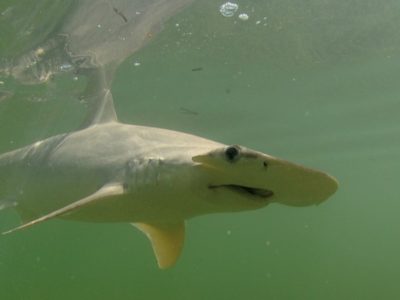
Bonnethead Shark
Bonnetheads are the only hammerhead sharks that use their pectoral fins to swim.
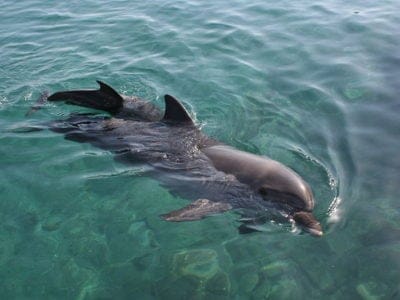
Bottlenose Dolphin
Stays in groups from 15 to 2,000 in number!'
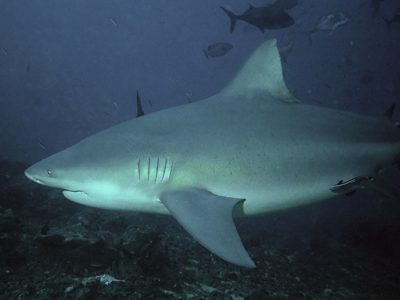
Bull Shark
Unpredictable and aggressive temperament!
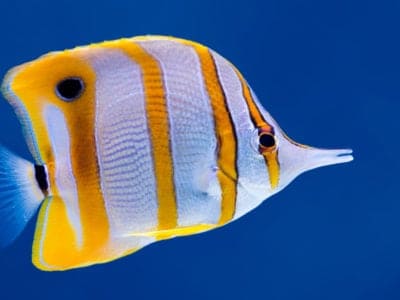
Butterfly Fish
There are more than 100 different species!
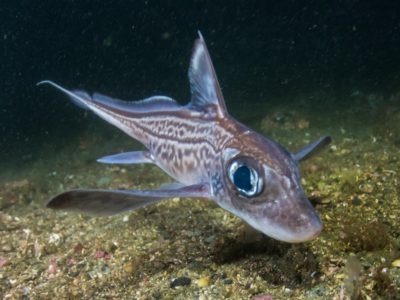
Chimaera
Also called ghost shark

Clearnose Skate
The skate with translucent nose patches
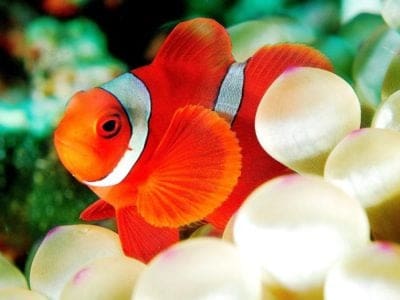
Clownfish
Also known as the anemonefish!

Cobia Fish
It has teeth not only in its jaws but in its tongue and the roof of its mouth
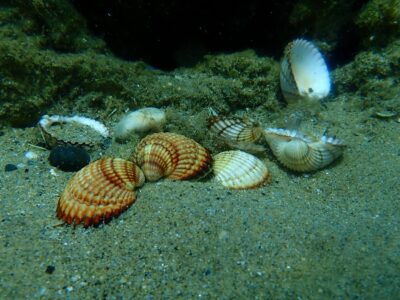
Cockle
Cockles live quite long; their lifespan usually ranges from 5 to 10 years in the wild.
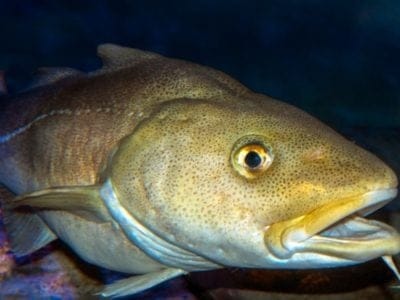
Codfish
Codfish are carnivorous and eat other fish, including young codfish.
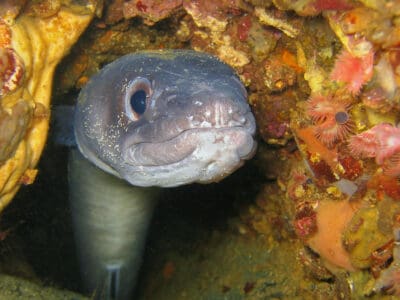
Conger Eel
The European Conger ( Conger conger) can weigh as much as an adult human!

Cookiecutter Shark
The cookiecutter shark takes its name because it leaves a cookie-shaped bite hole in its prey.
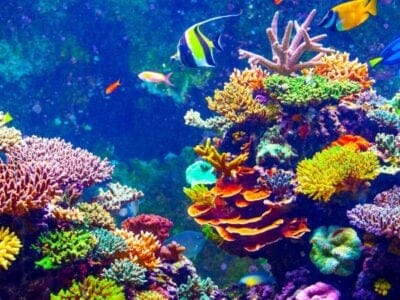
Coral
There are more than 6000 species of coral in the world's oceans.

Crab
There are 93 different crab groups
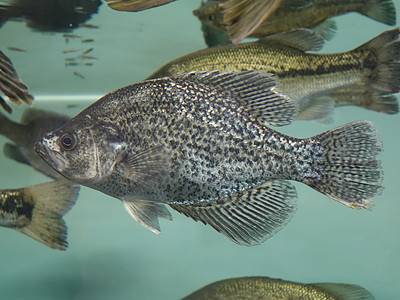
Crappie Fish
The crappie is one of the most popular freshwater fish in North America.
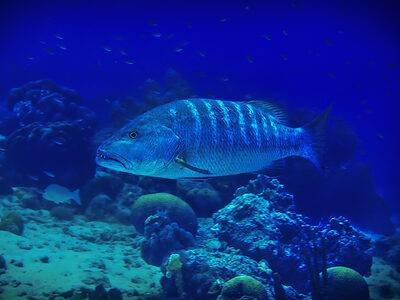
Cubera Snapper
While very intimidating, the cubera snapper also falls prey to other marine animals like barracudas, whale sharks, and moray eels.
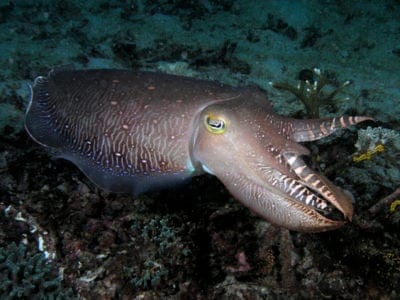
Cuttlefish
Found throughout the world's oceans!
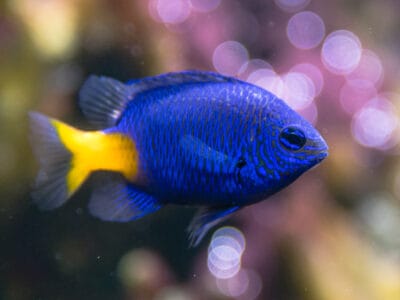
Damselfish
Damselfish belong to the family Pomacentridae

Dolphin
Can reach speeds of up to 25 mph!
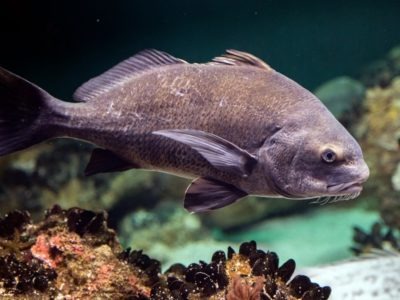
Drum Fish
The drum fish makes a croaking sound with its swimming bladder!

Dusky Dolphin
Communicates using whistles, squeaks and clicks!
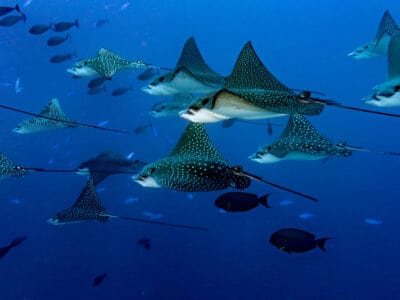
Eagle Ray
Majestic underwater bird like fish

Eel
Eels can be a mere few inches long to 13 feet!
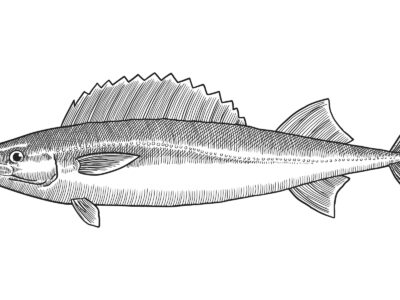
Escolar
Its system can’t metabolize wax esters, which can lead to unpleasantness for diners.

False Killer Whale
The false killer whale looks like a cross between a dolphin and orca!
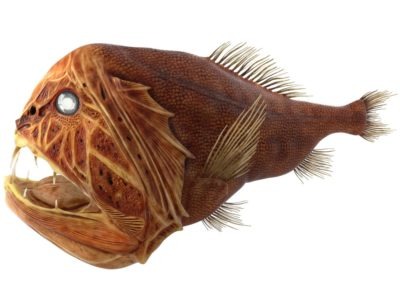
Fangtooth
Has the largest teeth compared to body size of any known fish!
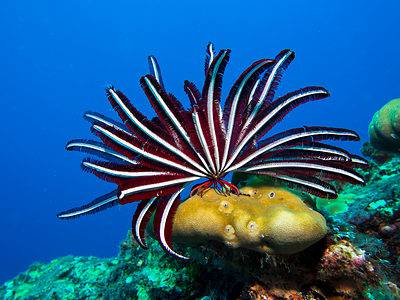
Feather Star
Feather stars look like flowers. They have no heart, eyes, or brain.

Fin Whale
Found throughout ocean waters worldwide!
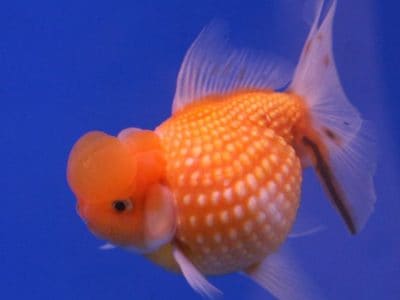
Fish
Respire through the gills on their heads!

Flounder
A flat fish found in the Atlantic and Pacific!
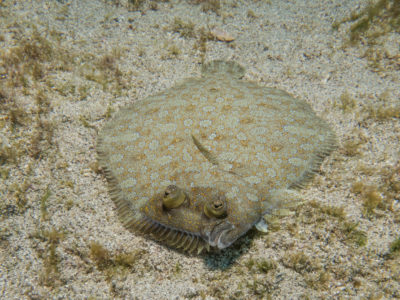
Flounder Fish
There are around 240 different species of Flounder fish
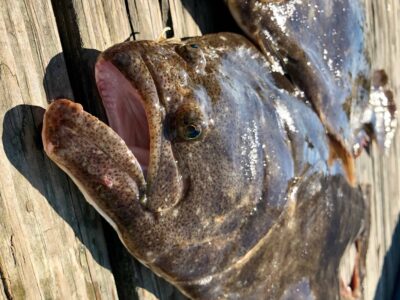
Fluke Fish (summer flounder)
The chameleon of the seas!

Fly
There are more than 240,000 different species!
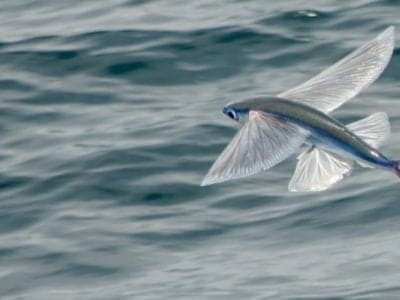
Flying Fish
Can glide in the air for hundreds of feet

Football Fish
The football fish is named after its unusual round or oblong shape
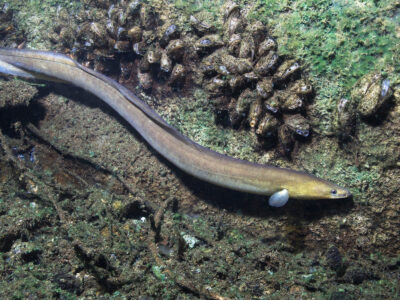
Freshwater Eel
Freshwater eels are actually catadromous, meaning they migrate to saltwater to spawn
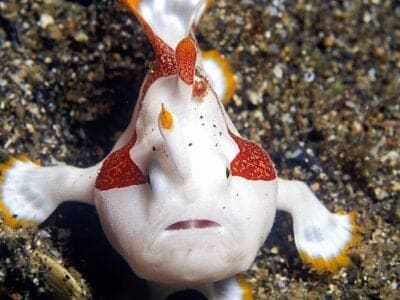
Frogfish
The frogfish can change colors, but it takes several weeks to do so

Fur Seal
Found only in the Northern Hemisphere!

Garden Eel
Garden eel colonies are made up of hundreds to thousands of individuals.
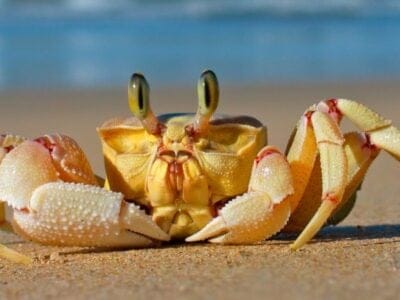
Ghost Crab
Their eyestalks, which are sometimes horned, can swivel 360 degrees

Giant Isopod
Giant isopods are the largest group of isopods in the world

Giant Siphonophore
The giant siphonophore is longer than the largest sea mammal – the blue whale.

Great Hammerhead Shark
Great hammerhead sharks have a 360 view because their eyes are situated on the ends of their mallet-like heads.
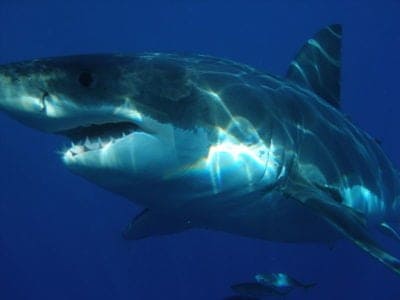
Great White Shark
Can grow to more than 8 meters long!

Greenland Shark
This shark has the longest lifespan of any vertebrate.
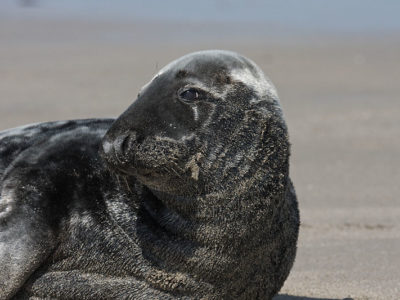
Grey Seal
One of the rarest species of seal on Earth

Gulper Eel
Gulper eels have a similar lifespan to humans and can live up to 85 years old. However, their age depends on their habitat and the availability of food.
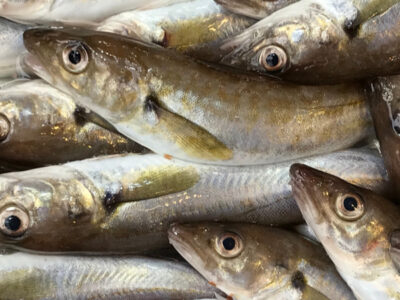
Haddock
The haddock is very popular in both recreational and commercial fishing

Hagfish
Can use slime to suffocate marine predators or escape capture
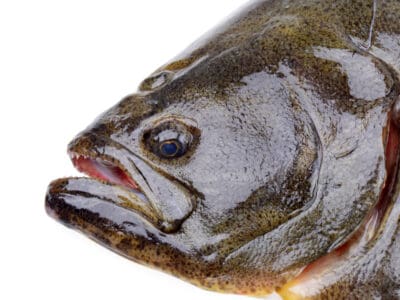
Halibut
The word "halibut" is comes from haly meaning "holy" and butte meaning flat fish due to its popularity on Catholic holy days.

Hammerhead Shark
Found in coastal waters around the world!

Harbor Porpoise
Surprisingly, not a dolphin!

Harbor Seal
Harbor seals can dive as deep as 1400 feet
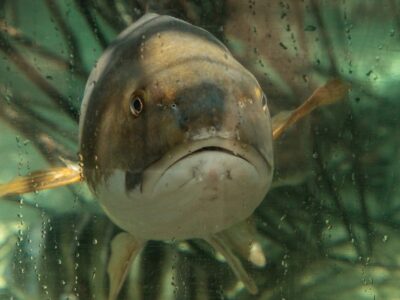
Hardhead Catfish
The hardhead catfish has a sharp spine near its fin to inject venom

Harp Seal
The harp seal can migrate up to 3,000 miles every year
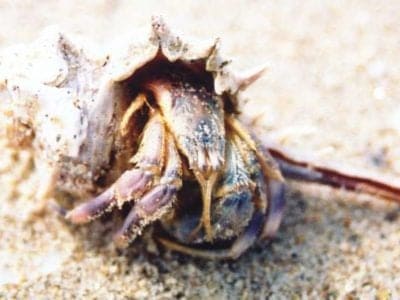
Hermit Crab
There are over 500 different species!

Herring
People enjoy the taste of the oily fish in many different ways including pickled, smoked, salted, dried and fermented.

Horse Mackerel
Got their name from a myth that other fish would ride them over great distances

Horseshoe Crab
Changed little in over 500 million years!
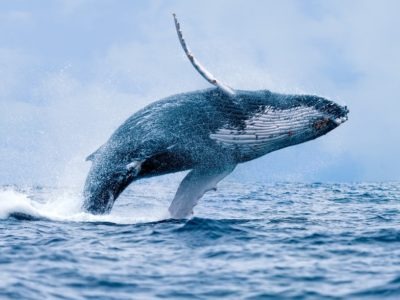
Humpback Whale
There are thought to be 80,000 left in the wild!

Immortal Jellyfish
Excellent hitchhiker on long-trip cargo ships

Insects
There are an estimated 30 million species!

Jack Crevalle
One of the biggest species in the Caranx genus

Jellyfish
Have tentacles around their mouths!

Killer Whale
Typically consumes over 200 kg of food a day!

King Crab
Can have a leg span of nearly 2 meters!

Krill
The krill is perhaps the most important animal in the marine ecosystem!
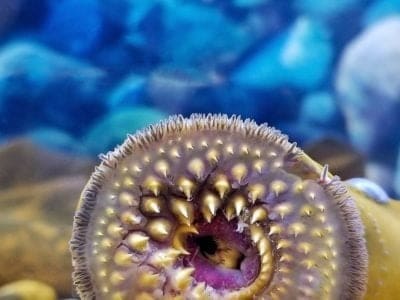
Lamprey
Not related to the eel
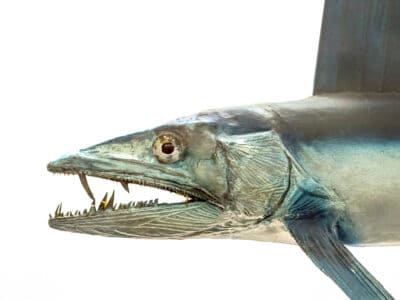
Lancetfish
Lancetfish live at depths up to 6,500 feet below sea level

Lion’s Mane Jellyfish
Though it’s a huge animal, the lifespan of the lion’s mane jellyfish is only a year.
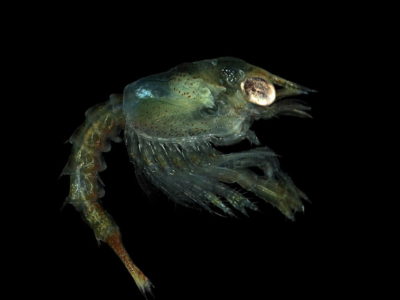
Lobster
Have been known to reach 100 years old!
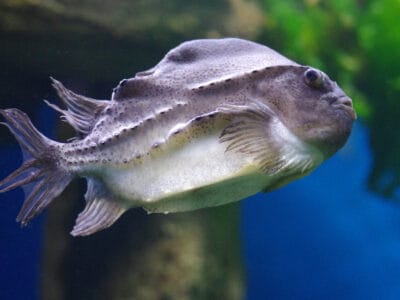
Lumpfish
The lumpfish have sticky suction cups on their fins
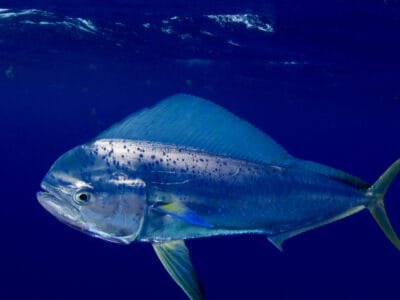
Mahi Mahi (Dolphin Fish)
It's called the rabbit of the ocean because it multiplies so quickly.
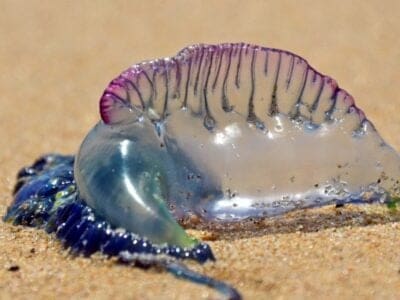
Man of War Jellyfish
Named for an 18th century warship
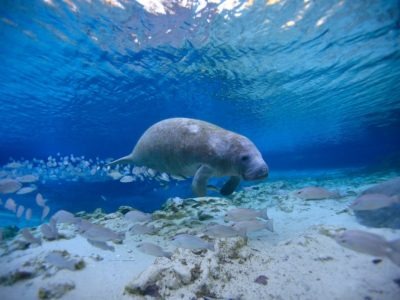
Manatee
Also known as the Sea Cow!
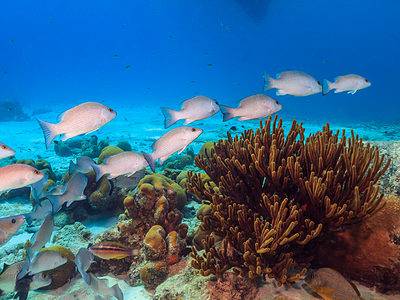
Mangrove Snapper
Tagging studies have found that once adults establish a habitat they typically remain there for long periods. In fact, they found that these fish can stay in one area for up to 4 years.
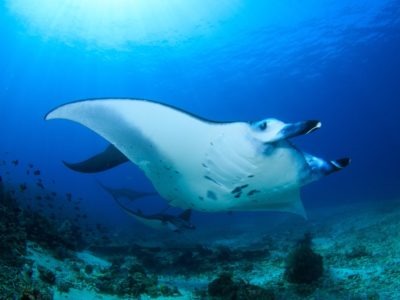
Manta Ray
Can grow up to 9m wide!
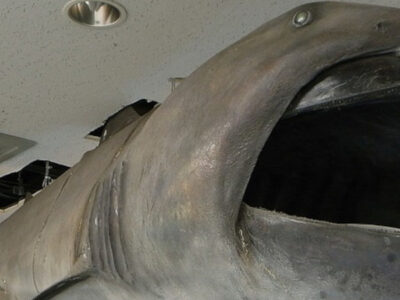
Megamouth Shark
Swims with its mouth open to capture prey
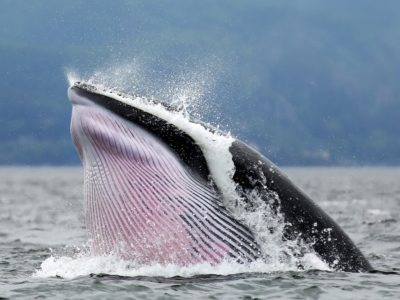
Minke Whale
There are two recognised species!
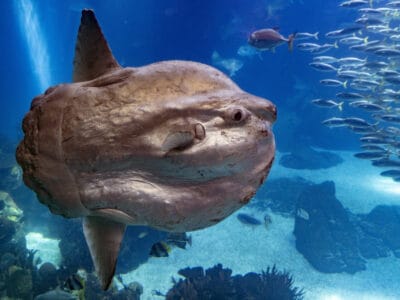
Mola mola (Ocean Sunfish)
The ocean sunfish is the biggest bony fish in the world
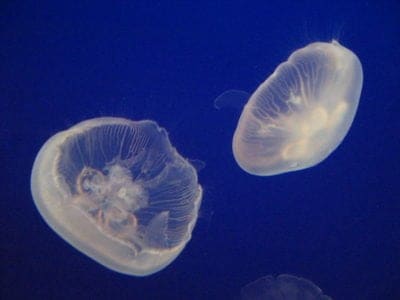
Moon Jellyfish
Moon Jellies are bioluminescent, so they glow in the dark! They can also de-age!
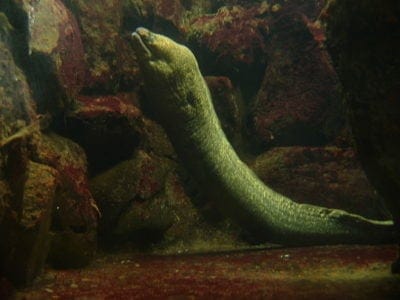
Moray Eel
Sometimes, groupers invite moray eels to help them hunt!
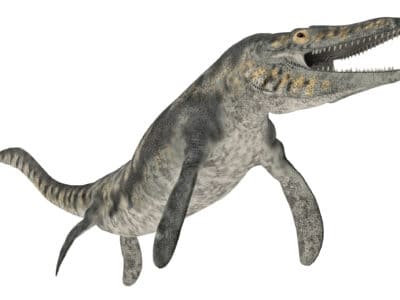
Mosasaurus
The Mosasaurus was much longer than the fearsome Tyrannosaur rex.

Nematode
Nematodes range in size from 1/10 of an inch to 28 feet long
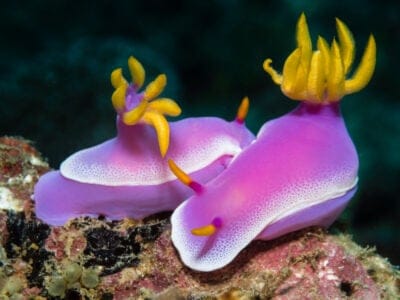
Nudibranch
They get toxins from their prey to use it against predators.
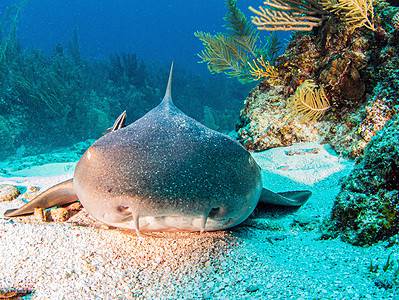
Nurse Shark
Commonly found in Central American waters!
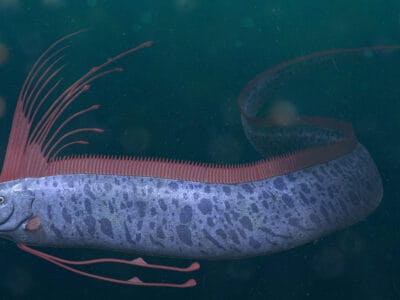
Oarfish
The Giant oarfish (Regalecus glesne) holds the Guinness Book of World Records for the longest bony fish in the world.
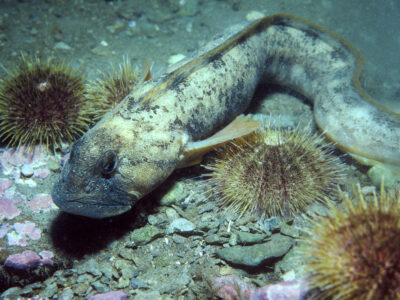
Ocean Pout
Females guard their eggs for up to 3 months
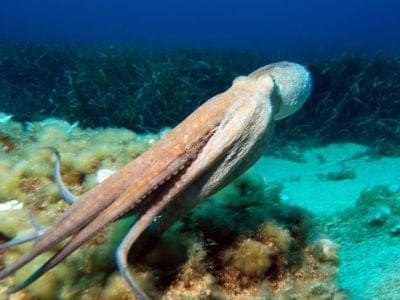
Octopus
There are around 300 different species!
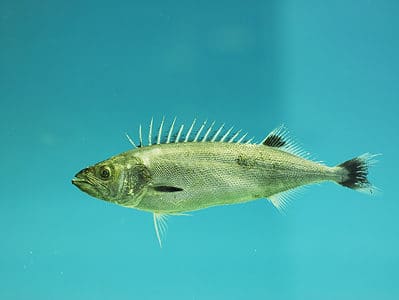
Oilfish
They live in deep water as far as 2,600 feet below the water’s surface.

Opah
Opah are brightly colored, with red-orange fins and a silvery body.

Oyster
Can process up to 10 litres of water an hour!

Oyster Toadfish
The oyster toadfish can produce poison to protect itself

Parrotfish
The parrotfish can change from female to male at some point in its life.
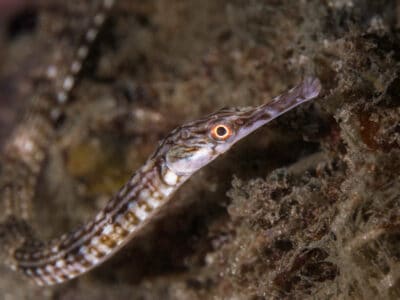
Pipefish
The male pipefish has the ability to carry fertilized eggs with him

Pompano Fish
They are bottom-feeders

Porbeagle Shark
The porbeagle is one of the few sharks that jumps out of the water
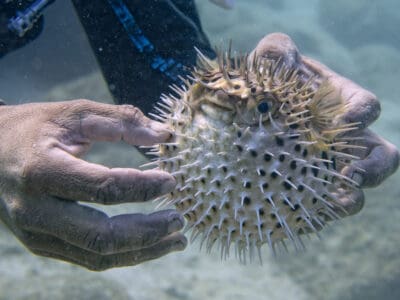
Porcupinefish
The Porcupinefish secrete a potent neurotoxin known as tetrodotoxin; this poison can kill both people and predators.
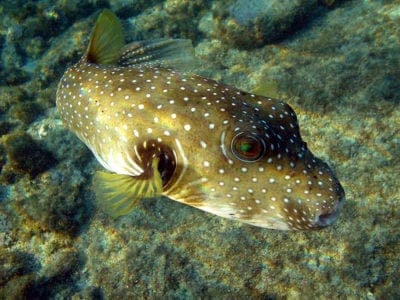
Pufferfish
The second most poisonous creature in the world!

Pyrosome
They float with the current.
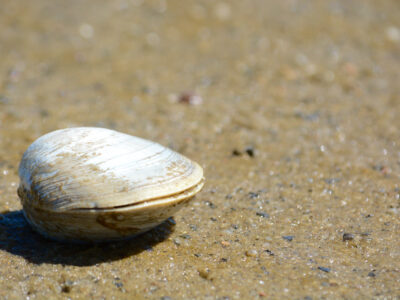
Quahog Clam
Their hinged shell protects their soft body
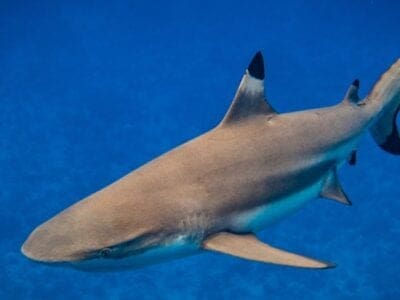
Reef Shark
Grey reef sharks can give birth without males
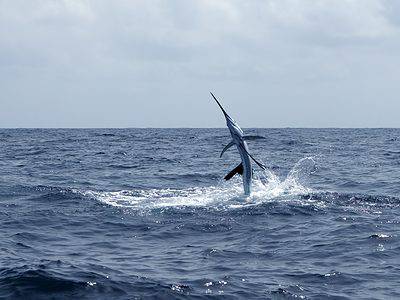
Sailfish
Fast billfish with a sail-like dorsal fin
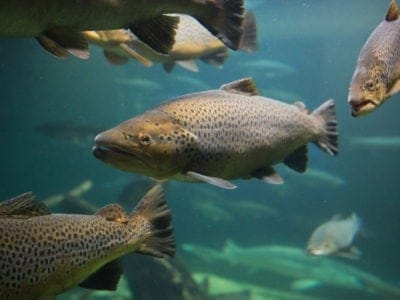
Salmon
Returns upstream every year to spawn
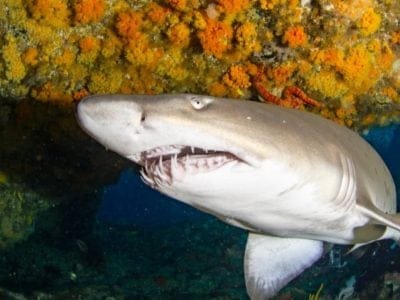
Sand Tiger Shark
The sand tiger is the shark most commonly seen in aquariums.

Sandworm
Legs also function as gills
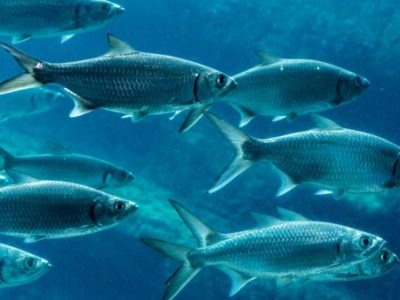
Sardines
Schools of sardines can be miles long and are often visible from an airplane
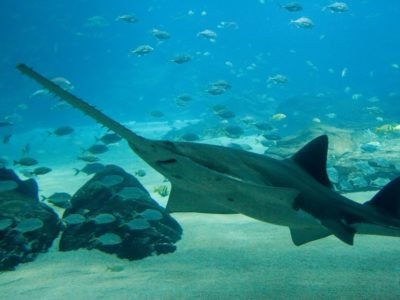
Sawfish
Sawfish teeth keep growing as the fish gets older
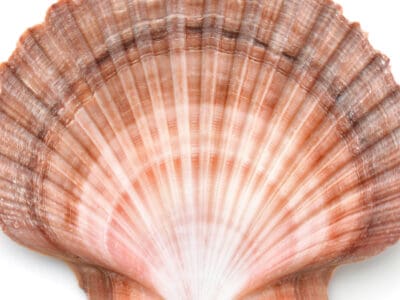
Scallops
Scallops begin their lives by attaching to sea grass on the ocean floor.

Sea Anemone
Creatures have characteristics of both animal and plant

Sea Eagle
The sea eagle tends to mate for life with a single partner

Sea Lion
It's flippers allow it to walk on the land
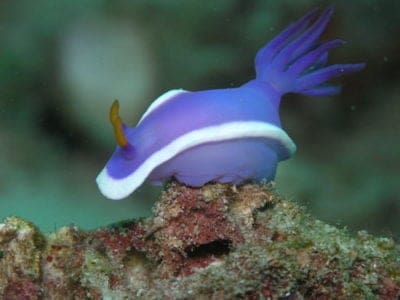
Sea Slug
All sea slugs have both male and female sex organs

Sea Squirt
There are more than 3,000 known species!
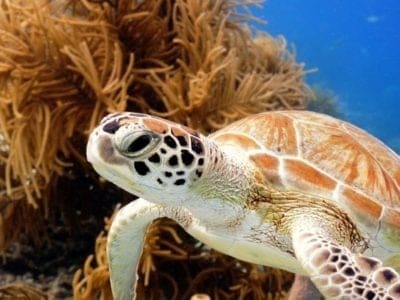
Sea Turtle
Always return to the same beach to lay eggs!
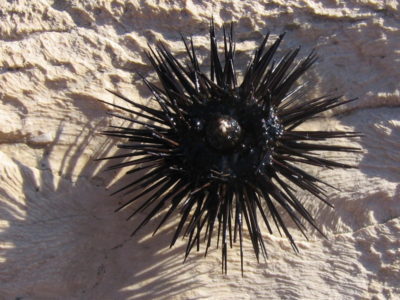
Sea Urchin
Can live for up to 200 years!
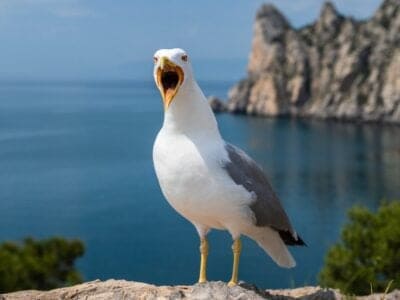
Seagull
Some gulls are capable of using tools

Seahorse
Males give birth to up to 1,000 offspring!

Seal
There are 30 different species worldwide!
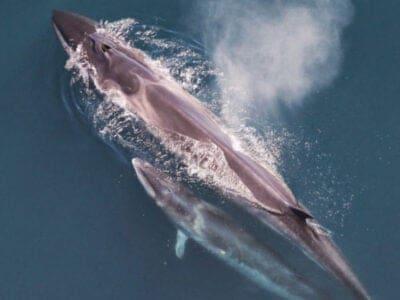
Sei Whale
This whale is one of the fastest of the cetaceans
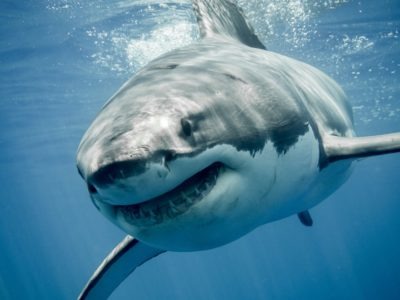
Shark
No shark species has any bones in their bodies

Shortfin Mako Shark
Shortfin Mako sharks can jump 20 feet above the water!”

Shrimp
There are 2,000 different species worldwide!
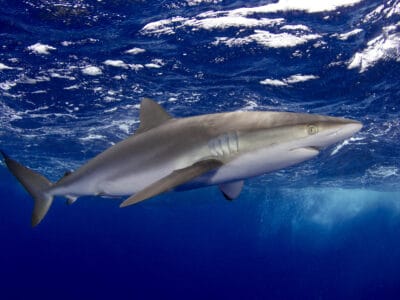
Silky Shark
Has an extremely acute sense of hearing
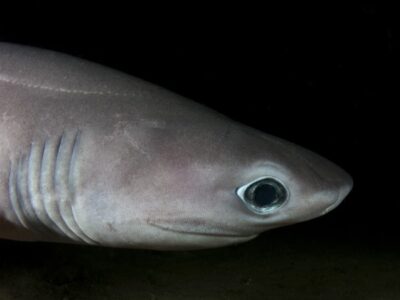
Sixgill shark
The sixgill shark has six pairs of gills instead of the normal five
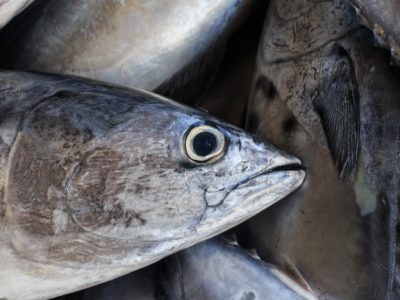
Skipjack Tuna
The skipjack is the most commonly caught tuna in the world

Sleeper Shark
The Greenland shark is one of the longest living vertebrates in the world.

Snail
There are nearly 1,000 different species!
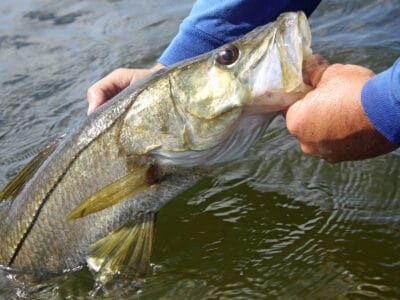
Snook Fish
Males change into females after the spawning season
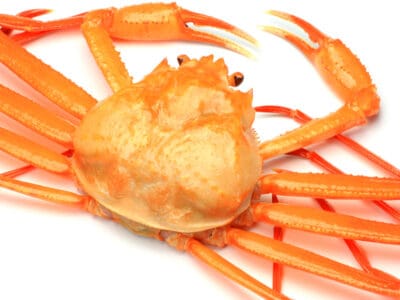
Snow Crab
Snow crabs communicate with each other by waving or drumming their pincers.

Spanish Mackerel
Spanish mackerel typically live to the age of 12, but there have been cases of these fish living as long as 25 years!
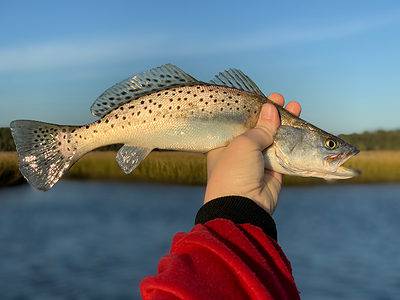
Speckled Trout
Speckled trout are not actually a species of trout.
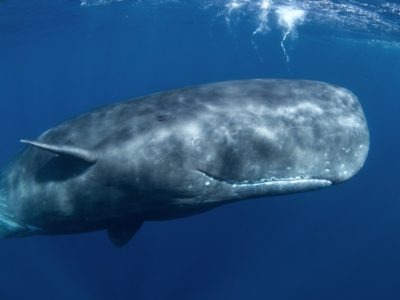
Sperm Whale
Each tooth weighs 1kg!
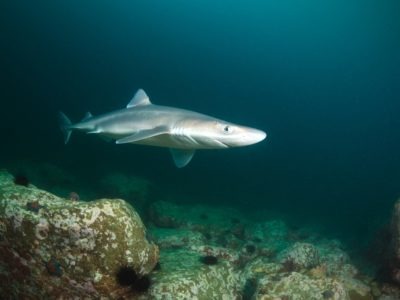
Spiny Dogfish
Found in ocean waters worldwide!

Sponge
There are more than 9,000 known species!
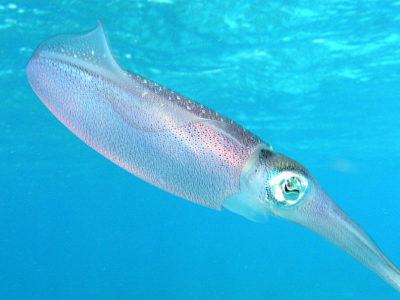
Squid
Some species are known to have 10 arms!

Squirrelfish
Uses vibrations to communicate with other fish
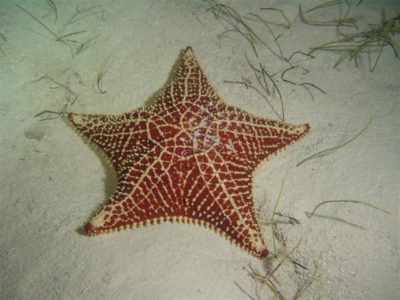
Starfish
Has 2 stomachs to aid digestion!
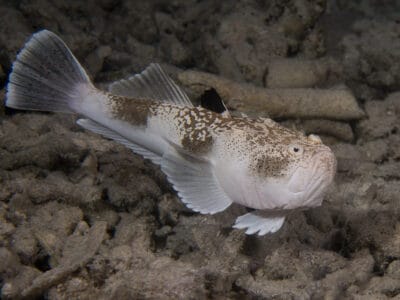
Stargazer Fish
Uses an electric shock to stun its prey!

Stingray
It's stinger is razor-sharp or serrated!

Stone Crab
Females can lay up to a million eggs in one sitting
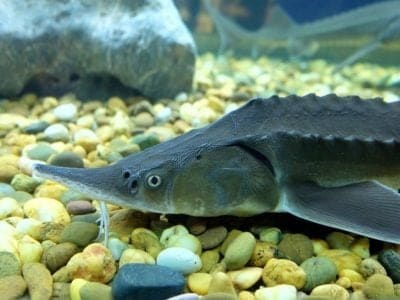
Sturgeon
Large species can swallow whole salmon

Surgeonfish
Paracanthurus hepatus, the palette surgeonfish or bluetang, is the only member of its genus
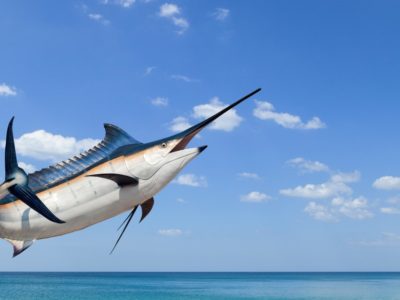
Swordfish
Lose their scales and teeth as adults

Tarpon
Its genus dates back to the Cretaceous period – 113 million years ago

Telescope Fish
Swallows food, much of it larger than them, whole
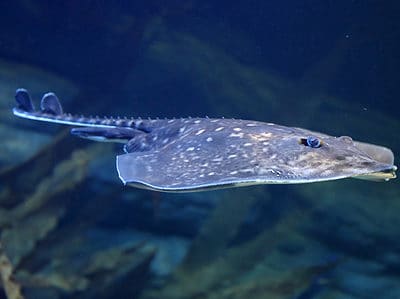
Thornback Ray
The skate with the biggest spines!

Thresher Shark
Thresher Sharks have a distinctive, thresher-like tail.

Tiger Shark
The fourth biggest species of shark in the world!

Toadfish
Can be heard out of water

Tropicbird
Nests on tropical islands and cliffs!
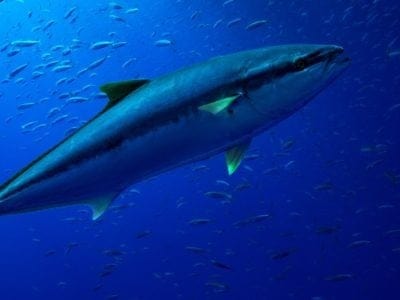
Tuna
The tuna has a sleek body that enables it to swim quickly through the water

Turtles
Some species of aquatic turtles can get up to 70 percent of their oxygen through their butt.

Viperfish
Viperfish have a bioluminescent spine on their dorsal fin.
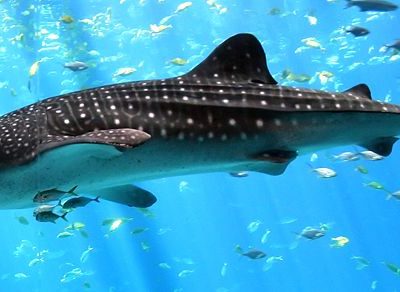
Whale Shark
The largest species of fish in the world!

White Marlin
speedy open ocean billfish
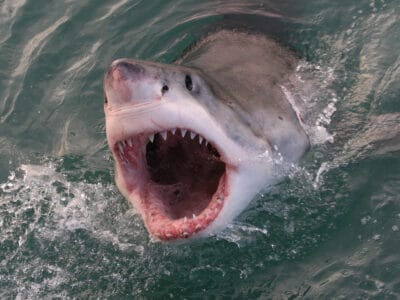
White Shark
White Sharks live in all of the world's oceans.

Whiting
"Whiting" can refer to certain other species of ray-finned fish

Wolffish
The wolffish has impressive canines with a powerful bite force!
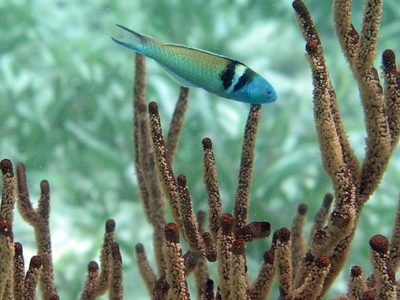
Wrasse
There are more than 500 different species!
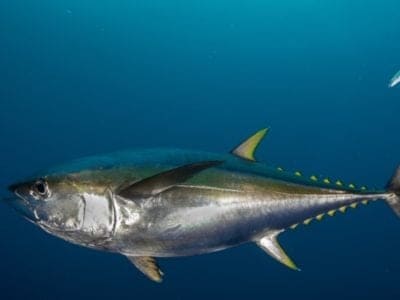
Yellowfin Tuna
The yellowfin forms schools with other tuna species
North Atlantic Ocean Animals List
- Albacore Tuna
- Albertonectes
- Amberjack
- American Eel
- Anchovies
- Angelfish
- Anglerfish
- Atlantic Cod
- Atlantic Salmon
- Baleen Whale
- Barnacle
- Barracuda
- Barreleye Fish (Barrel Eye)
- Basilosaurus
- Basking Shark
- Bearded Fireworm
- Bird
- Blackfin Tuna
- Bladefin Basslet
- Blanket Octopus
- Blue Dragon Sea Slug
- Blue Shark
- Blue Tang
- Blue Whale
- Bluefin Tuna
- Bluefish
- Bonefish
- Bonito Fish
- Bonnethead Shark
- Bottlenose Dolphin
- Bull Shark
- Butterfly Fish
- Chain Pickerel
- Chimaera
- Clearnose Skate
- Clownfish
- Cobia Fish
- Cockle
- Codfish
- Comb Jellyfish
- Conger Eel
- Cookiecutter Shark
- Coral
- Crab
- Crappie Fish
- Cubera Snapper
- Cuttlefish
- Damselfish
- Dolphin
- Drum Fish
- Dusky Dolphin
- Eagle Ray
- Eel
- Escolar
- False Killer Whale
- Fangtooth
- Feather Star
- Fin Whale
- Fish
- Flounder
- Flounder Fish
- Fluke Fish (summer flounder)
- Fly
- Flying Fish
- Football Fish
- Freshwater Eel
- Frogfish
- Fur Seal
- Garden Eel
- Ghost Crab
- Giant Isopod
- Giant Siphonophore
- Great Hammerhead Shark
- Great White Shark
- Greenland Shark
- Grey Seal
- Gulper Eel
- Haddock
- Hagfish
- Halibut
- Hammerhead Shark
- Harbor Porpoise
- Harbor Seal
- Hardhead Catfish
- Harp Seal
- Hermit Crab
- Herring
- Horse Mackerel
- Horseshoe Crab
- Humpback Whale
- Immortal Jellyfish
- Insects
- Jack Crevalle
- Jellyfish
- Killer Whale
- King Crab
- King Mackerel
- Krill
- Lamprey
- Lancetfish
- Lemon Shark
- Lion’s Mane Jellyfish
- Lobster
- Longfin Mako Shark
- Lumpfish
- Mahi Mahi (Dolphin Fish)
- Man of War Jellyfish
- Manatee
- Mangrove Snapper
- Manta Ray
- Megamouth Shark
- Minke Whale
- Mola mola (Ocean Sunfish)
- Moon Jellyfish
- Moray Eel
- Mosasaurus
- Nematode
- Nudibranch
- Nurse Shark
- Oarfish
- Ocean Pout
- Oceanic Whitetip Shark
- Octopus
- Oilfish
- Opah
- Oyster
- Oyster Toadfish
- Parrotfish
- Pipefish
- Pompano Fish
- Porbeagle Shark
- Porcupinefish
- Prawn
- Pufferfish
- Pyrosome
- Quahog Clam
- Reef Shark
- Sailfish
- Salmon
- Sand Tiger Shark
- Sandworm
- Sardines
- Sawfish
- Scallops
- Sea Anemone
- Sea Eagle
- Sea Lion
- Sea Slug
- Sea Squirt
- Sea Turtle
- Sea Urchin
- Seagull
- Seahorse
- Seal
- Sei Whale
- Shark
- Shortfin Mako Shark
- Shrimp
- Silky Shark
- Sixgill shark
- Skipjack Tuna
- Sleeper Shark
- Snail
- Snook Fish
- Snow Crab
- Spanish Mackerel
- Speckled Trout
- Sperm Whale
- Spiny Dogfish
- Sponge
- Squid
- Squirrelfish
- Starfish
- Stargazer Fish
- Stingray
- Stone Crab
- Sturgeon
- Surgeonfish
- Swordfish
- Tarpon
- Telescope Fish
- Thornback Ray
- Thresher Shark
- Tiger Shark
- Toadfish
- Tropicbird
- Tuna
- Turtles
- Viperfish
- Whale Shark
- White Marlin
- White Shark
- Whiting
- Wolffish
- Wrasse
- Yellowfin Tuna
Animals in North Atlantic FAQs (Frequently Asked Questions)
What animals live in the North Atlantic?
The unique species of animals that live in the North Atlantic defy listing, but they include jellyfish, bony fish such as tuna, cartilaginous fish such as sharks and rays, and marine mammals such as whales, porpoises, dolphins, and pinnipeds, There’s also room in the North Atlantic for nudibranchs, sea pigs, sea cucumbers and sea squirts, lobsters, langoustines, prawns and shrimp. Moray eels live in the North Atlantic, as do lampreys and hagfish, octopus and squid. Others include clams, oysters, barnacles, mussels, sponges, sea anemones, sea fans, sea urchins, and coral.
What is the most dangerous animal in the North Atlantic?
Sharks are probably the most dangerous animals in the North Atlantic, especially the Great White. A person is indeed more likely to be attacked in the Atlantic Ocean than in other oceans.
How many animal species live in the North Atlantic?
Biologists aren’t entirely sure how ay species live in the North Atlantic, but they propose that there are about 1 million species of animal in the world’s oceans, allowing for those that have gone extinct or have yet to be counted. Since the Atlantic Ocean is 20 percent of the world’s oceans, then it might have 200,000 species. Since the North Atlantic Ocean is half of the Atlantic Ocean, it might have 100,000 species, most of which are invertebrates such as coral animals.



